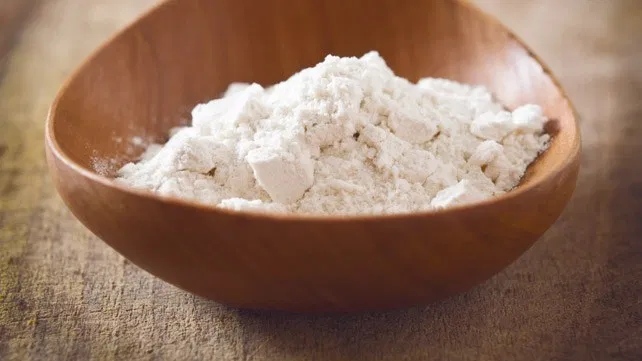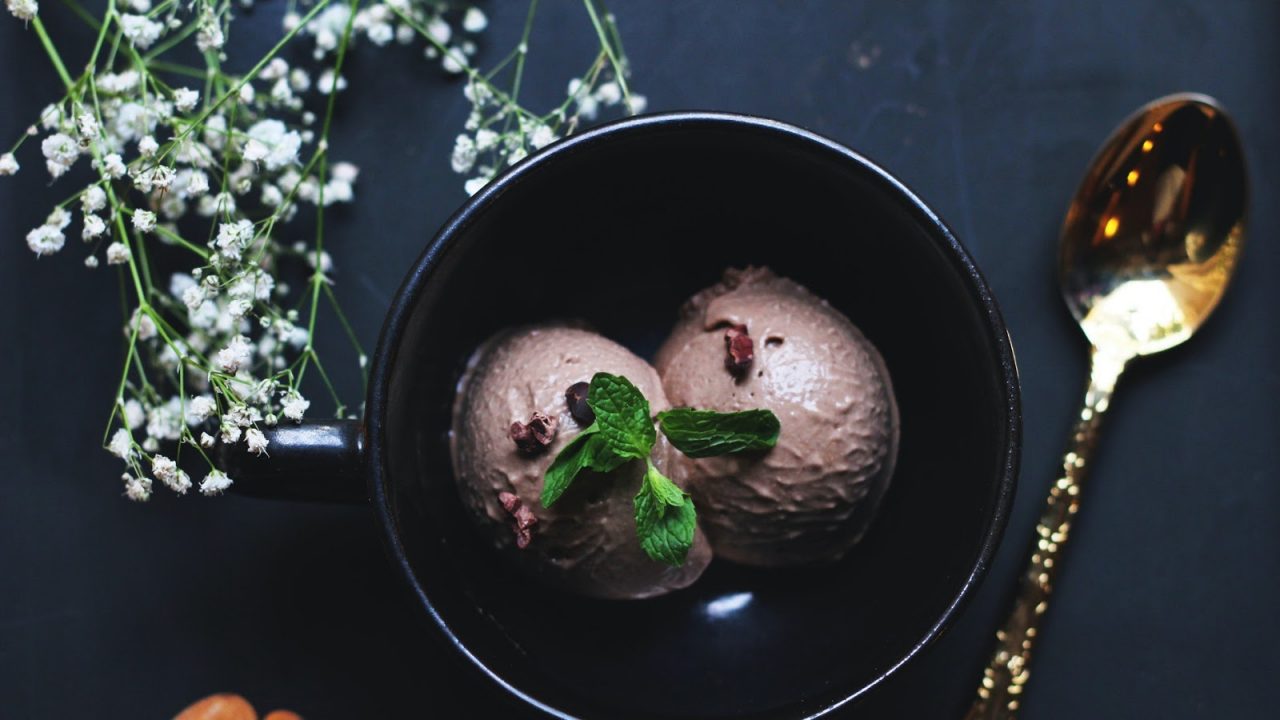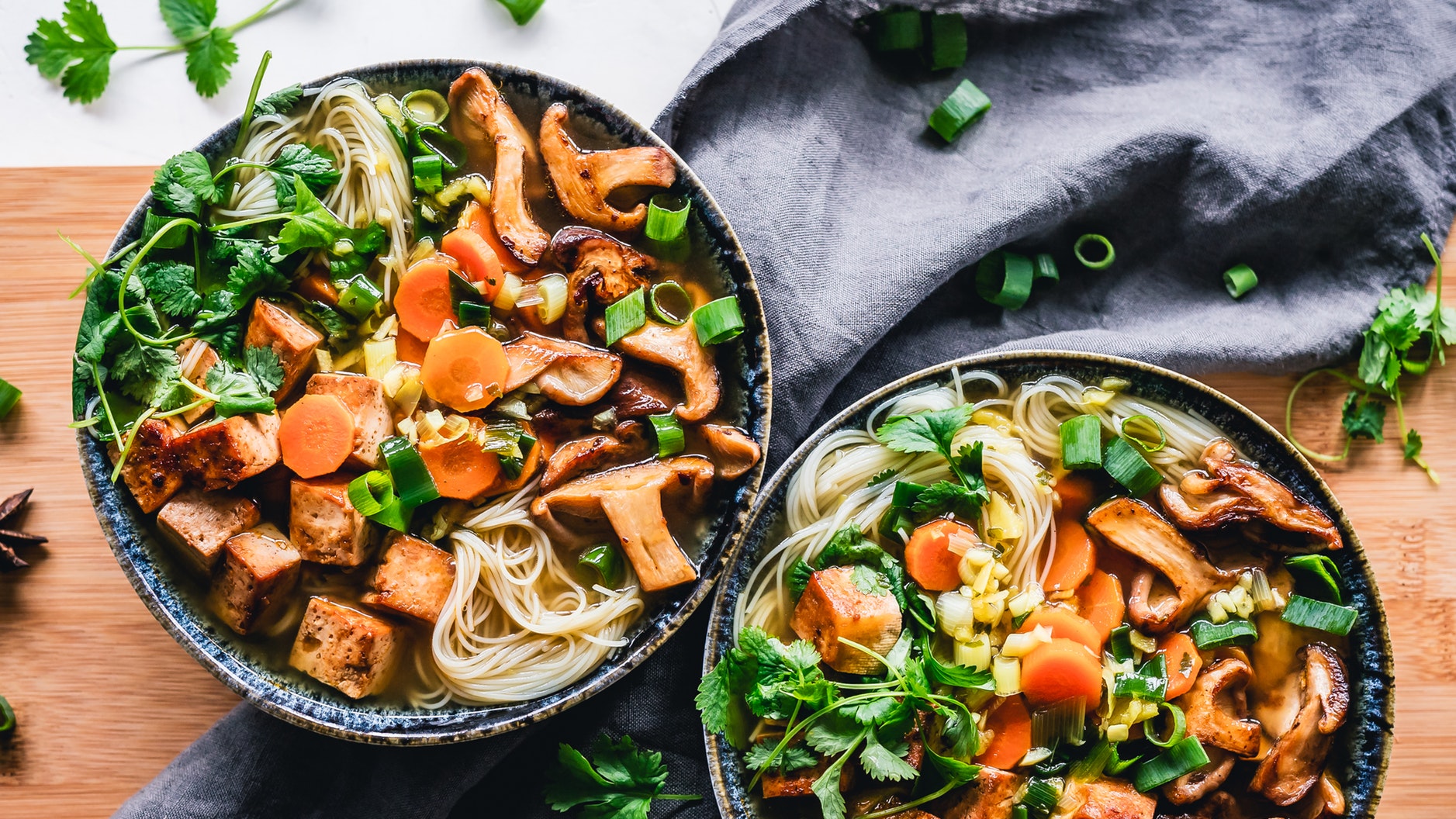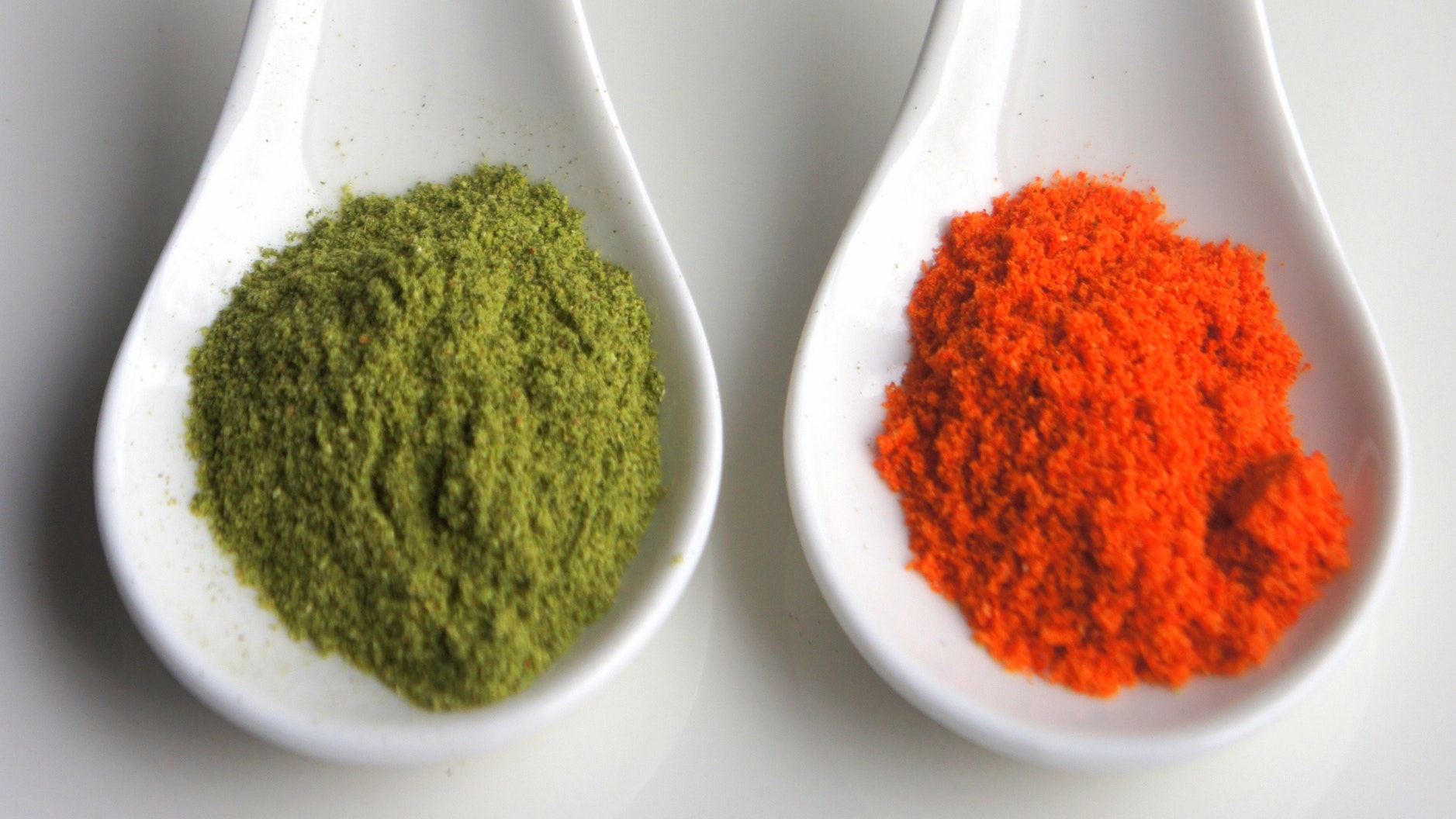Cellulose gum is derived from cellulose, which is found in the cell walls of plants. Cellulose, itself, is made up of an assembly of glucose molecules and is the biggest source of insoluble fiber that we get from plant foods. Vegan cellulose gum is used as an additive in many diet and low-fat food products to give them a creamier and thicker texture.

What are the Benefits of Cellulose Gum?
Vegan cellulose gum is a healthy additive that makes foods thick and creamy, but without any fat. It also acts as a stabilizer – ensuring that nutrients remain mixed; maintaining homogeneity by keeping oil- and water-based ingredients properly combined; extending shelf life; and producing an appetizing texture in foods. It is usually used in pre-packed baked goods, ice cream, dressings, sauces, and beverages, among many others..
Foods that use vegan cellulose gum are the ideal choice if you are on a vegan diet, a low-fat diet, trying to reduce your fat intake, and/or trying to lose weight.
Many diet food products use vegan cellulose gum because it also acts as a filler; this means that it helps keep a person feel fuller, thereby suppressing appetite. However, it also increases the fiber content in foods, so it may have a laxative effect – resulting in loose bowel movements when too many foods that contain vegan cellulose gum are consumed.
Cellulose gum is typically derived from sustainably farmed trees and cotton. As a food additive, only minimal amounts are needed to obtain its thickening and stabilizing properties and it is, therefore, considered only a minor ingredient when listed on food labels.

Does Vegan Cellulose Gum Have Potential Health Risks?
Cellulose gum is not a whole food ingredient, and is simply an additive; there may be unknown health risks from cellulose gum itself, but studies looking into these have yet to be conducted.
It is generally considered a safe food additive by the U.S. Food and Drug Administration (FDA) because it is naturally and minimally processed. The plant source is usually mixed with acetic acid and salt, filtered, and then dried to create the fine powder, or the cellulose gum.
While it is a type of dietary fiber, it should not be considered when counting your total fiber intake. You should still derive your dietary fiber directly from whole foods, and not from food products that contain cellulose gum. Food products usually list cellulose gum in their ingredients as “dietary fiber” or CMC/carboxymethylcellulose.
An allergic reaction or a sensitivity to cellulose gum is rare. If you experience a stomach upset, such as bloating, gas, and/or diarrhea after consuming cellulose gum, you can confirm if it’s the cause by eliminating any food product that contains it from your diet.
Vegan Cellulose Gum – Final Thoughts
As a plant-based food additive, vegan cellulose gum is generally safe and can even be beneficial if you’re on a vegan diet, a low-fat diet, trying to reduce fat intake, and/or trying to lose weight.
While it is derived from cellulose, which is the biggest source of dietary fiber, the fiber from cellulose gum does not usually count towards your fiber intake; but too much consumption of products that contain cellulose gum can lead to gas, bloating, and loose bowel movement. Nutritionally speaking, vegan cellulose gum offers no real value; it only serves as a thickening and stabilizing agent in food products but without any fat.



